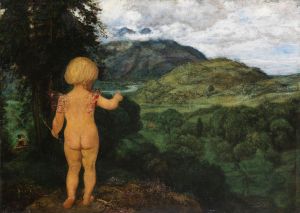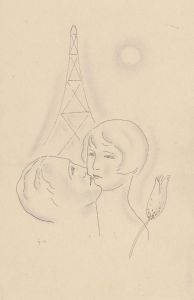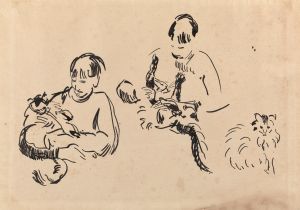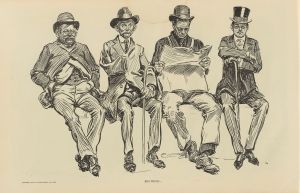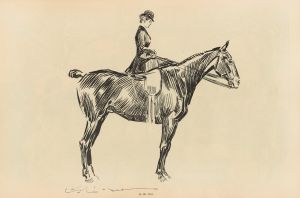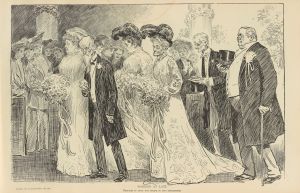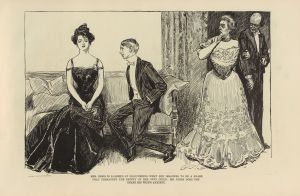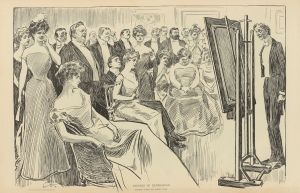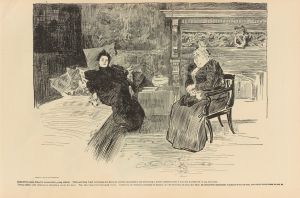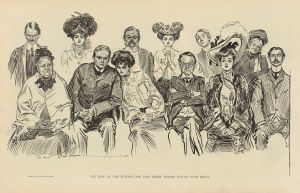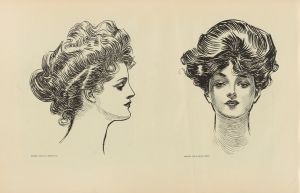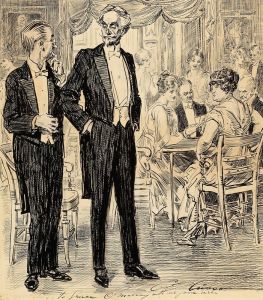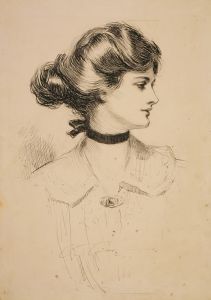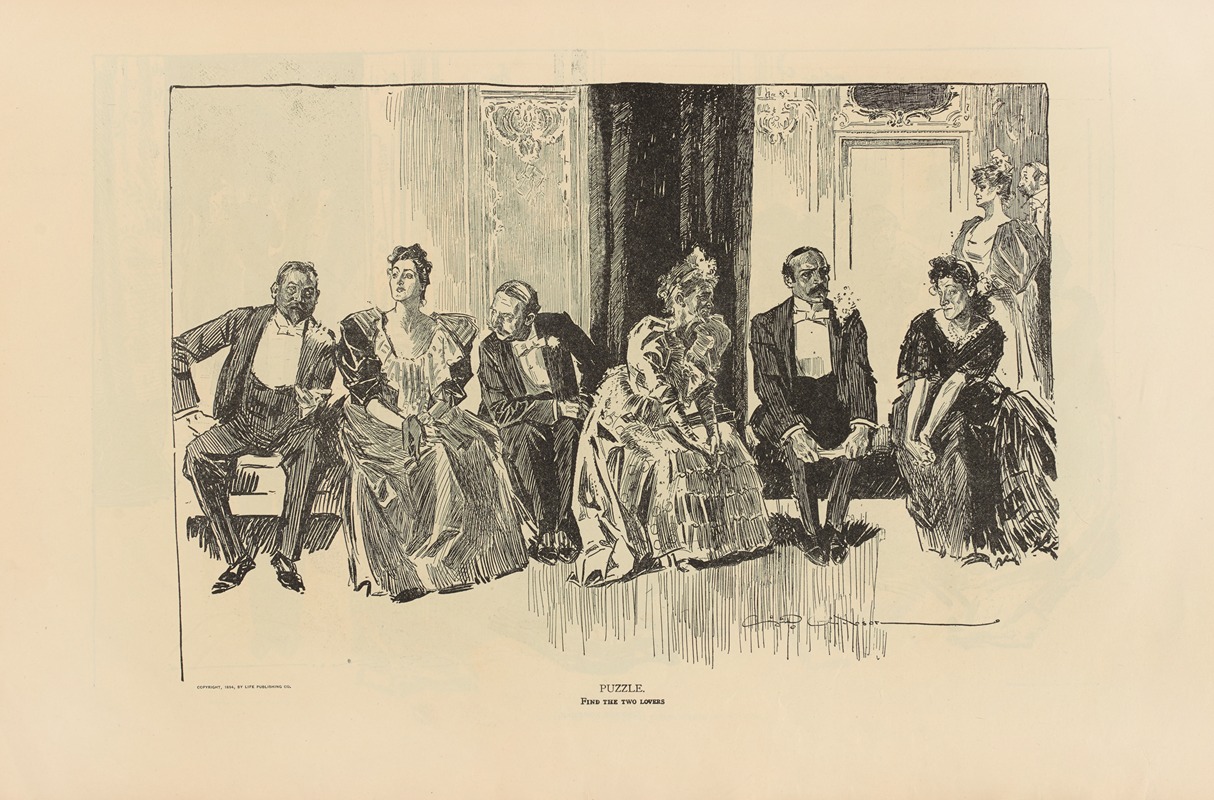
Puzzle. Find the two lovers
A hand-painted replica of Charles Dana Gibson’s masterpiece Puzzle. Find the two lovers, meticulously crafted by professional artists to capture the true essence of the original. Each piece is created with museum-quality canvas and rare mineral pigments, carefully painted by experienced artists with delicate brushstrokes and rich, layered colors to perfectly recreate the texture of the original artwork. Unlike machine-printed reproductions, this hand-painted version brings the painting to life, infused with the artist’s emotions and skill in every stroke. Whether for personal collection or home decoration, it instantly elevates the artistic atmosphere of any space.
Charles Dana Gibson was a prominent American illustrator, best known for his creation of the "Gibson Girl," an iconic representation of the American woman at the turn of the 20th century. His work was widely published in magazines such as Life, Harper's Weekly, and Scribner's, and he became one of the most influential illustrators of his time. Among his many works, "Puzzle. Find the two lovers" is a notable piece that exemplifies his skill in illustration and his ability to engage viewers with intriguing visual puzzles.
"Puzzle. Find the two lovers" is a black-and-white illustration that challenges viewers to locate the hidden figures of two lovers within a complex and detailed scene. This type of illustration was popular during the late 19th and early 20th centuries, as it invited viewers to interact with the artwork by searching for hidden elements. Gibson's mastery of line work and composition is evident in this piece, as he skillfully integrates the figures into the surrounding environment, making them both a part of the scene and a separate discovery for the viewer.
The illustration reflects Gibson's characteristic style, which often combined elements of humor, romance, and social commentary. His work frequently depicted scenes of upper-class society, capturing the fashion, manners, and social dynamics of the era. The "Gibson Girl," in particular, became a symbol of the independent and modern woman, and Gibson's illustrations often explored themes related to gender roles and relationships.
In "Puzzle. Find the two lovers," Gibson employs a clever use of negative space and intricate detailing to create a visual puzzle. The challenge of finding the hidden lovers engages the viewer's attention and showcases Gibson's ability to create depth and complexity within a seemingly simple black-and-white illustration. This interactive element was a hallmark of Gibson's work, as he often sought to entertain and engage his audience beyond mere visual appreciation.
While specific details about the publication or reception of "Puzzle. Find the two lovers" are not extensively documented, it is consistent with Gibson's broader body of work, which was widely celebrated during his lifetime. His illustrations were not only popular in magazines but also reproduced in books and prints, making his art accessible to a broad audience.
Gibson's influence extended beyond his illustrations, as he played a significant role in shaping the visual culture of his time. His work captured the spirit of an era and left a lasting impact on American art and illustration. "Puzzle. Find the two lovers" remains an example of his talent for combining artistic skill with engaging content, inviting viewers to explore and appreciate the nuances of his work.





